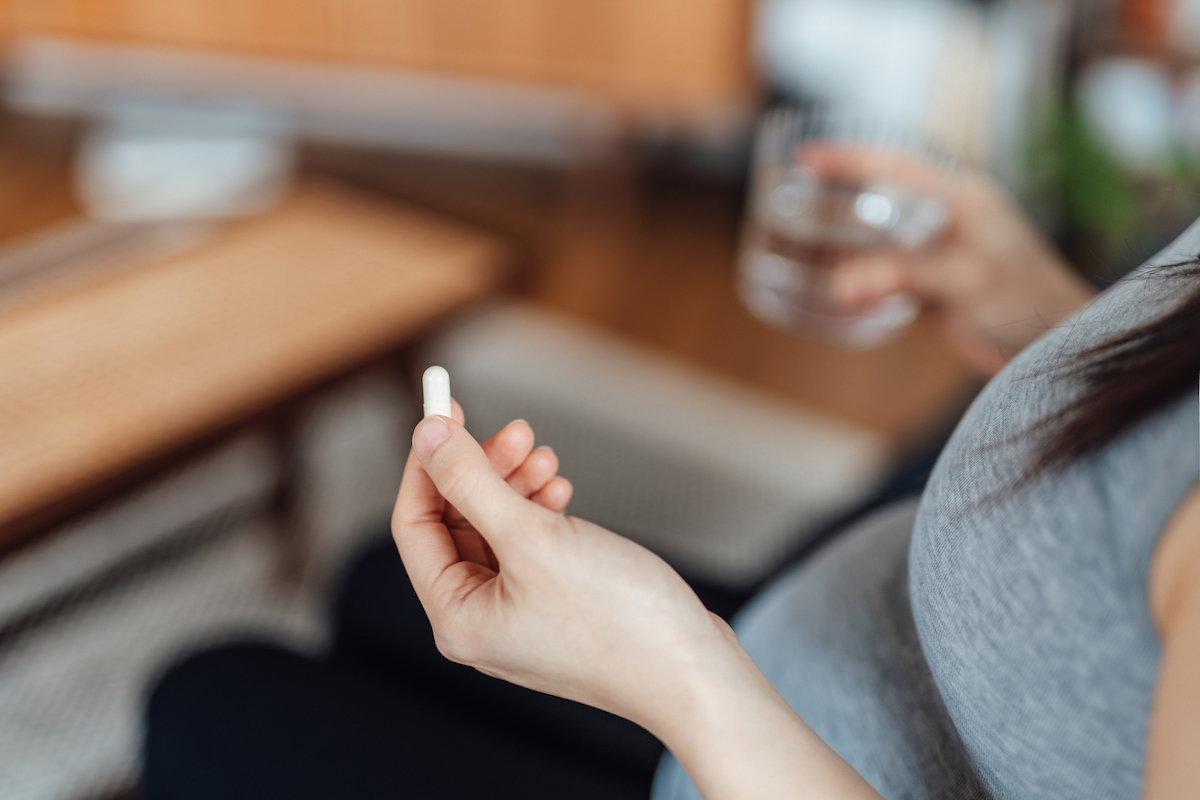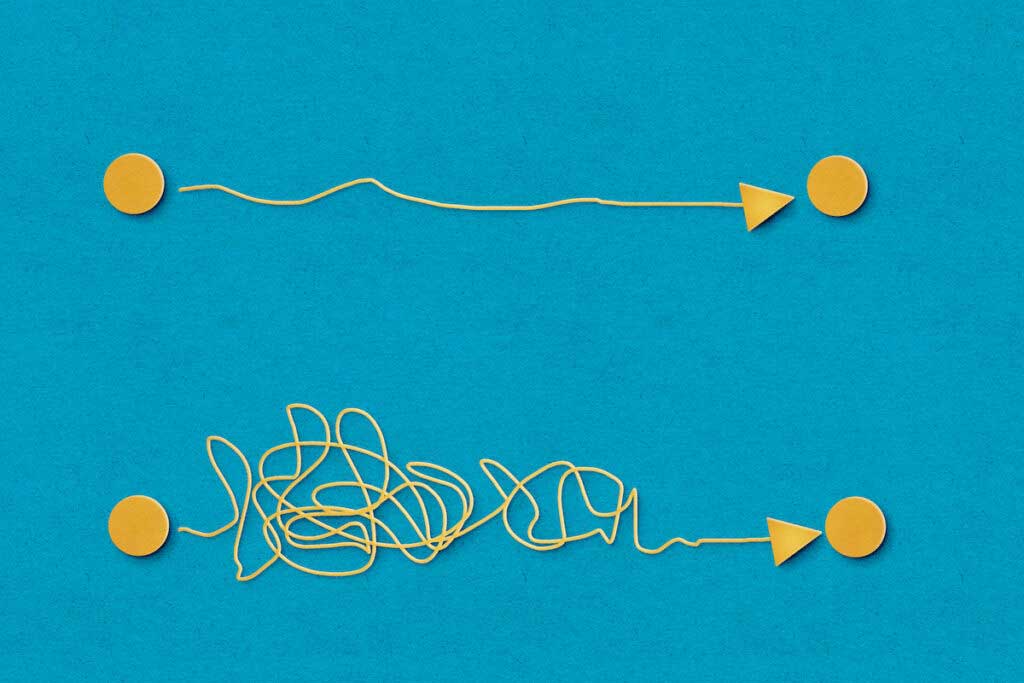I’ve been getting a lot of questions about aspirin and pregnancy. These are not “Can I take aspirin for my headache?” but instead “My doctor prescribed a daily low-dose aspirin. Why?” In some cases, the reason given is COVID-related. A number of women told me they were prescribed a low-dose aspirin for the remainder of their pregnancy, either due to concerns about the placenta or a risk of blood clots. In other cases, this had nothing to do with COVID: other risk factors seemed to prompt the prescription.
This has been jarring for some, since many people recall a more traditional view that aspirin should not be taken during pregnancy, due to fear of bleeding. It remains true that typical adult doses of aspirin are not recommended for use as a painkiller. So why all the baby-aspirin prescriptions?
Low doses of aspirin are prescribed to lower the risk of preeclampsia, a condition that typically occurs near the end of pregnancy (or postpartum) and involves high blood pressure. It ranges from mild to extremely serious and affects about 6% of pregnancies in the U.S. Below, I’ll go through the data on the role of aspirin in lowering this risk and then talk about the targeting recommendations. I’ll return to COVID at the end.
Aspirin for preeclampsia
Daily aspirin treatment has been shown, based on multiple sizable randomized trials, to reduce the risk of preeclampsia. A 2019 Cochrane Review summarizes 72 randomized trials with almost 40,000 women. Treatment with aspirin (50 to 150 milligrams daily) reduces preeclampsia risk by about 20%. So if your baseline risk was 10%, this would reduce it to 8%. Treatment in these studies was generally started sometime between 12 and 16 weeks, and there isn’t much evidence to point to any particular dose being the right one. A common prescription is a “low dose” aspirin, which is 81 milligrams.
At times, concerns have been raised about the use of aspirin in pregnancy, specifically related to bleeding. However, the more recent updates have downgraded the evidence base for this risk, and the magnitude of any suggested effects are small. Longer-term follow-up on at least 5,000 children in these trials shows no developmental risks.
Bottom line: low-dose aspirin is a safe and effective method for preventing preeclampsia. As a result, it is standard to prescribe aspirin for women at high risk for preeclampsia. The question is, who is that?
Identifying risk groups
The U.S. Preventive Services Task Force recommends aspirin treatment for women at high risk of preeclampsia. It classifies high risk into two groups. First, some people are high-risk because of a single characteristic (e.g. previous preeclampsia, non-pregnancy hypertension), and some are high-risk because of a combination of several factors (e.g. obesity plus a family history of preeclampsia). I’ve put the full risk classification below.
These are all predictors that are observable before pregnancy. There are also markers of risk during pregnancy, including high levels of certain hormones. And of course, there is variation in risk even among people who are classified as high-risk by this simple criteria. The Fetal Medicine Foundation has a calculator for preeclampsia risk, based on both baseline characteristics and some medical measurements.
The one part of this risk categorization that is slightly complex is the last piece in the second column, the sociodemographic risk factors. Preeclampsia is more common in Black women than in non-Black women. However, it would be a mistake to think of race as a causal predictor; it is instead a marker of differential care and broader systemic inequality. As a consideration, though, it can be useful in making treatment decisions — and in ensuring that everyone gets the treatment they need — even if we absolutely agree it is not causal.
From an individual standpoint, you can use this list to figure out if you are a good candidate for treatment. In looking at it, it struck me as quite a large share of people. Anyone who is having their first child over 35. Anyone who is obese and over 35. Anyone who is Black and over 35, or having their first child. And so on.
To be a little more concrete, I loaded up the Natality Detail Files (I used 2018), which report information on all births in the U.S., including a lot of detail about mothers. Applying the criteria in the table above, I can estimate that — based on these pre-pregnancy characteristics alone — 28% of women would qualify as high-risk. Notably: there are other women who should qualify based on measurements taken during pregnancy.
There is a complicated question about where to draw the line of what risk level should qualify for treatment, for at least two reasons.
First: risk is a continuum, not a binary. Among those who would be classified as high-risk in the 2018 data, 11% developed preeclampsia, versus only 5.8% of those who would not have been classified this way. This suggests that the risk measure is predictive. However: within the “low risk” group, there is significant variation. For example, if we use “overweight” rather than “obese” as a risk factor, you identify an additional 10% of people as higher-risk. These intermediate-risk individuals have an 8% chance of developing preeclampsia, significantly higher than the 5.4% among the low-risk group. And, paradoxically, this group could end up being the highest-risk if you treat the “high risk” group with aspirin, significantly lowering their risk.
A second issue is that not everyone gets the same quality of prenatal care, and some women may not be identified as needing treatment because of missed diagnoses. Or they may not get the screening they need. Especially with these slightly complicated treatment guidelines, it’s easy for women to fall through the cracks.
Given the combination of the large share of women who should be treated with aspirin and the fact that there is little or no strong evidence of risk, some would make the case to routinely treat many more people. It is worse to undertreat than overtreat in this case, which could argue for a wider treatment range. I have heard it suggested that virtually everyone who is pregnant should be taking baby aspirin along with their folic acid in their prenatal vitamins. This isn’t the position of the American College of Obstetricians and Gynecologists (ACOG) or other official bodies, but it’s the logical extreme of a broader treatment tent.
In the end, I think this high-potential-benefit/low-risk factor may be the reason why we are seeing aspirin prescriptions for those who have recovered from COVID.
I cannot see any direct evidence linking aspirin use in pregnancy after COVID to better outcomes. Indeed, in talking to providers, reading the ACOG guidelines and scouring the medical literature, I am not entirely clear where this came from. It is true that we’ve seen compilations for pregnant people (especially unvaccinated people) who get COVID toward the end of pregnancy. And it’s true in some people COVID causes blood clots, and aspirin has been used to treat those. I can see how putting this together might lead one to conclude there is a benefit, but it’s quite indirect. Which I suspect is why we do not see ACOG or other organizations officially promoting this.
Having said that: there is much we still do not understand about COVID. It is possible that it affects the risk of preeclampsia, in which case aspirin would be very helpful. Under the broad treatment tent theory, it may be a good idea anyway, especially since the risks are very limited.
Thanks to Nate Fox for help on this one! And I hope at this point it goes without saying, but I am not a medical doctor, and you should definitely 1,000% talk with your doctor about any choices here before making them. Our goal is to arm you with data to make these conversations more productive.

















